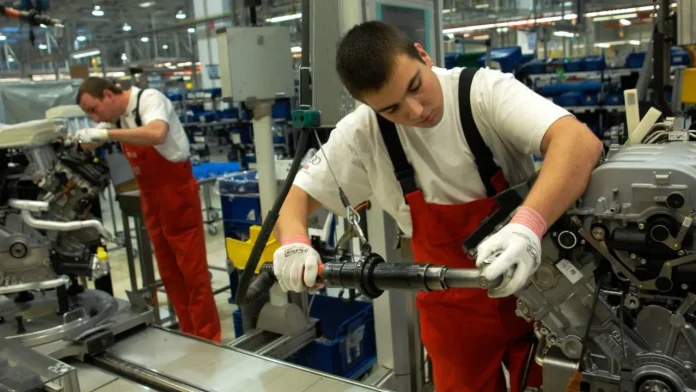Hungarian industrial production fell 1.3 per cent year-on-year in July and 6.4 per cent adjusted for the number of working days, according to bne IntelliNews.
The Central Statistics Office (KSH) released the report on Friday, 13 September. Analysts said the short-term outlook for manufacturing remained gloomy, with economic indicators across Europe showing only weak signs of recovery.
The country’s industrial output has been barely growing or slightly declining since mid-2022. The 6.4 per cent decline was the sharpest drop among EU members, but two extra days in the base period explained the large gap in the two figures.
Production rose in seven of the 13 manufacturing sub-sectors year-on-year. However, the sectors with the greatest importance performed the worst. Production in the automotive sector, which weighs 26 per cent, contracted by 10 per cent at the same rate as the electrical equipment sector, which weighs 10 per cent.
Following a downturn in the previous month, the output of food, beverages, and tobacco products increased by 3.2 per cent year-on-year, driven by higher sales to both the domestic market and exports. Those sectors accounted for 13 per cent of the manufacturing industry.
New order backlogs in manufacturing also fell 2.7 per cent year-on-year. At the end of July, the total order book was 27 per cent lower than a year earlier.
The Ministry of National Economy blamed sanctions and Germany’s weak economy for the industry’s deteriorating performance. The broader picture for 2024 remains bleak, and without significant demand growth, the industrial sector could be a drag on GDP this year, according to a note from ING Bank.
